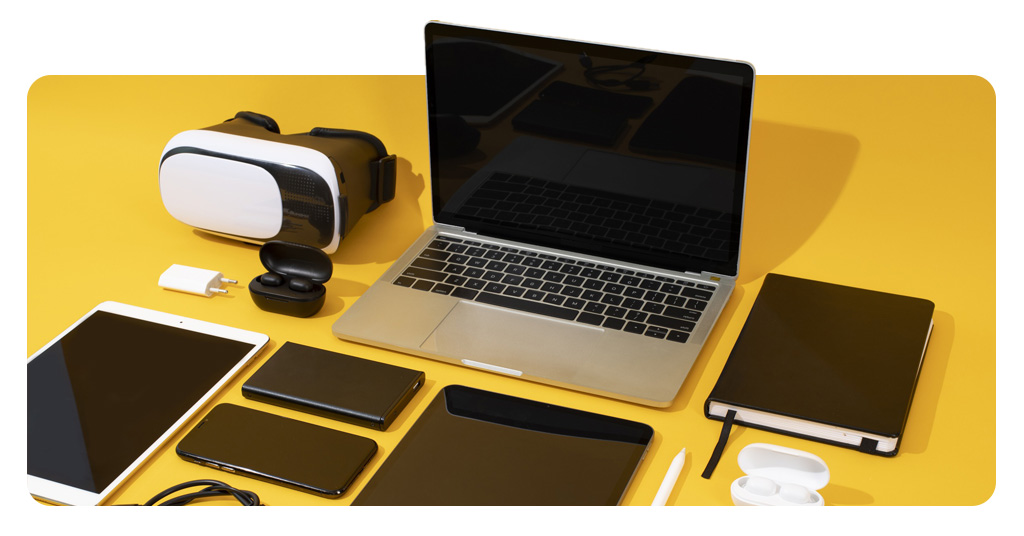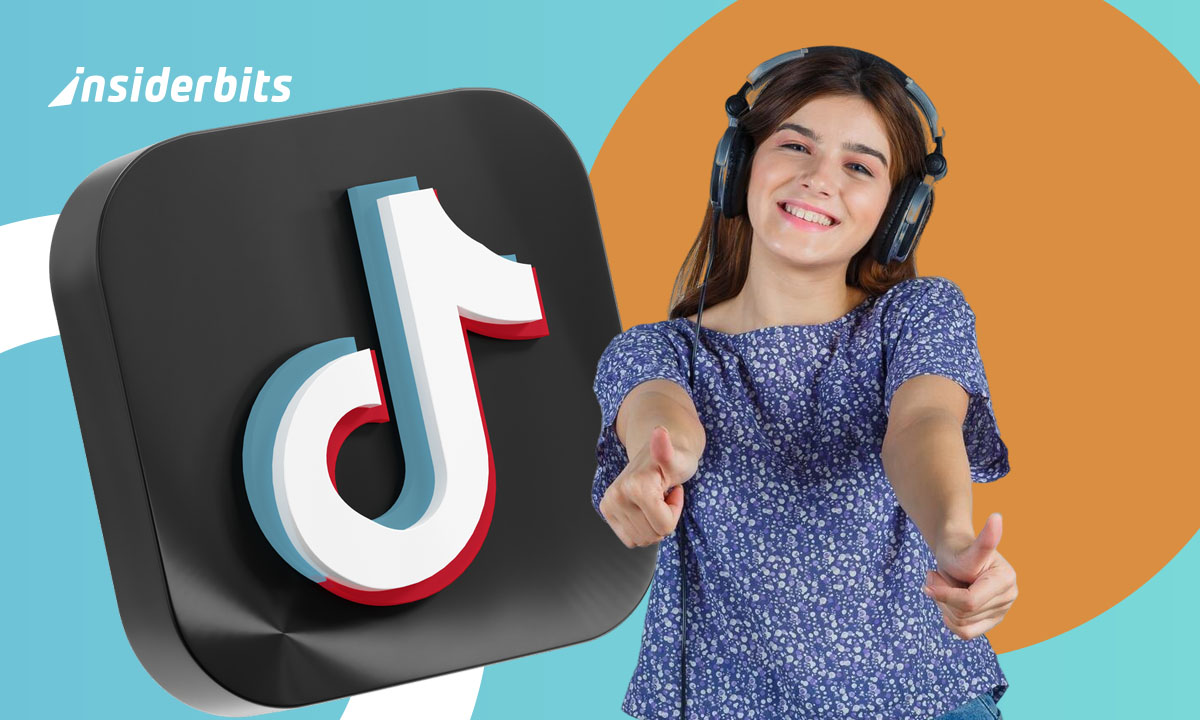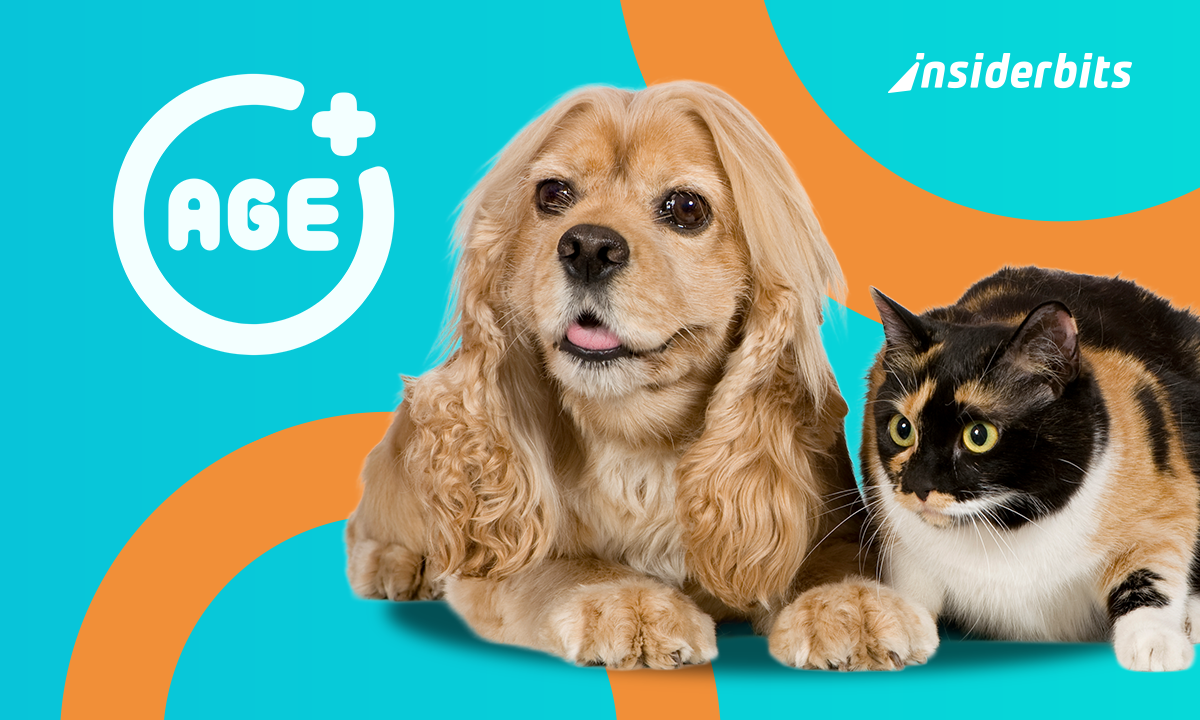Multi-platform content is now essential for creators and brands seeking visibility in a digital landscape shaped by fragmented audiences and fast-shifting algorithms. Now, professionals increasingly rely on centralized workflows that adapt a single idea into multiple formats without compromising engagement or quality.
This shift reflects a deeper understanding of audience behavior, where presence on social media requires strategic variation without disconnecting from a unified message. With the right tools and planning, creators gain efficiency while delivering platform-optimized experiences that strengthen consistency and long-term growth.
- The Best Artificial Intelligence Trends: Technologies to Enhance Your Workflow
- The Best Free PDF Editor to Simplify Your Workflow
Why Multi-Platform Content Creation Is a Must for 2025
Multi-platform content allows creators to exist where their audience is, rather than forcing users to adapt to a single format or platform strategy.
As user behavior fragments across apps and demographics shift preferences quickly, creators who remain platform-agnostic gain resilience and greater cultural relevance.
This presence builds not just reach but authority, as consistency across formats shows alignment with the language and rhythm of each platform without needing to start from zero.
The path forward involves structuring content to move seamlessly across digital environments while preserving message integrity and creative intention.

The Best Tools to Automate Your Content Workflow
Multi-platform content becomes manageable when creators adopt systems designed to minimize friction and maximize adaptability across digital channels.
While each tool brings unique advantages, their combined strength lies in reducing operational clutter and offering more space for experimentation and strategic iteration.
Together, they form the backbone of content automation in 2025.
ClickUp
ClickUp serves as a visual command center where editorial calendars and workflow stages can coexist in a single, customizable environment.
For content teams or solo creators managing multi-platform content, it creates clarity by assigning deadlines and tracking stages.
In addition to these features, its AI assistant contributes further by helping generate ideas and accelerate brainstorming when timelines are tight or inspiration runs low.
Overall, ClickUp excels where transparency and real-time collaboration matter, aligning every piece of the process without disjointed communication or misaligned outputs.
Zapier
Zapier transforms fragmented tools into a streamlined flow, connecting platforms such as Google Docs, Canva, Buffer, or even analytics dashboards without manual input.
In the context of multi-platform content, it acts as an invisible hand that moves material from writing to design to publishing automatically based on defined rules.
For example, a completed blog post can trigger automatic social media scheduling, while analytics results can notify a team when posts reach key engagement thresholds.
Zapier enables creators to reclaim time and redirect their energy toward refining messages rather than navigating repetitive transitions between apps.
Buffer
Buffer empowers users to schedule, preview, and refine social content across several platforms at once, giving creators control over timing and format consistency.
Another key feature is Buffer’s interface, which helps organize campaigns and monitor results without being overwhelmed by platform switches.
It also supports link tracking and post-performance data, allowing users to adjust tactics based on audience behavior and algorithmic shifts over time.
Creators who use Buffer make scheduling more intelligent.
With Buffer, creators maintain a stable rhythm while adapting each post to the cadence and style expected within each platform’s unique ecosystem.
4.6/5
Content Repurposing: How to Optimize for Different Platforms
Repurposing is central to multi-platform content, allowing one core asset to live in diverse forms without exhausting time or resources in new production.
For example, a single blog post can evolve into a short video for TikTok, a carousel on Instagram, or a script for a YouTube segment, with each format enhancing its reach.
Some features, like optimizing tone and length or editing visual style for each channel, respect how audiences consume content and improves the chance of discovery through native algorithms.
This approach preserves message continuity while strengthening your digital presence with minimal creative dilution or workload expansion.
Scheduling Hacks to Keep Your Social Media Active 24/7
Publishing multi-platform content consistently requires a system that accounts for variable audience behavior.
Without a greater level of structure, even strong creative ideas risk falling through the cracks, especially as each platform demands not just timely output, but responsiveness to evolving peak hours and patterns of engagement that change weekly, sometimes daily.
That’s the reason why maintaining rhythm across time zones becomes essential to maximizing reach and relevance, ensuring that no matter when a user logs on, your content stands a real chance of being seen.
By batching content creation into focused production sprints, creators avoid reactive routines that lead to fatigue while sustaining a publishing cadence that mirrors real-world conversations and cultural shifts.
As Insiderbits listed above, tools like Buffer and ClickUp play a critical role in this process.
Templates and branded content libraries accelerate publishing further, reducing the time between ideation and release while protecting consistency throughout every platform used.
In summary, strategic scheduling creates a sense of reliability for the audience and helps creators preserve their energy for deeper creative work.
Case Studies: Influencers Who Mastered Multi-Platform Strategies
Some creators build influence through multi-platform content that reflects not just volume but quality and consistency across different social media platforms such as Instagram, YouTube, Facebook, and TikTok.
Successful examples often share one trait: a workflow that combines repurposing, audience insight, and flexible scheduling without sacrificing authenticity or spontaneity.
Therefore, their content flows across platforms with thematic unity while still feeling custom-made for each space, increasing engagement and brand loyalty without added pressure.
These cases show that growth comes not from working more, but from building a content engine that thinks beyond one feed or one audience segment.
Multi-Platform Content: One Workflow for All Channels – Conclusion
The value of multi-platform content lies in its ability to extend creative reach while preserving a voice and vision across a fragmented digital landscape through automated tools that turn complexity into clarity, gaining visibility without burnout.
Consistency across platforms strengthens connection and invites growth, even in competitive environments where attention spans are limited and trends shift quickly.
One idea can travel far when supported by the right structure.
En rapport : Funny Video Editor: Create Viral Content Easily
Enjoyed this article? Save the Insiderbits blog to your favorites for the latest tools, creative tech tips, and photo editing breakthroughs!




